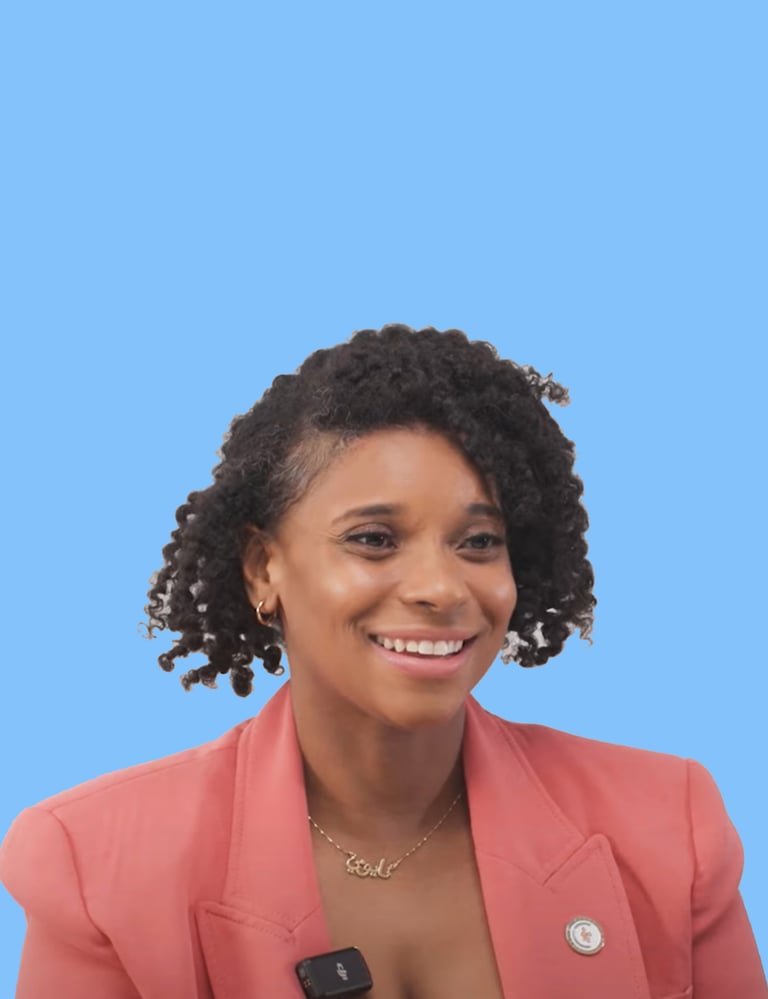Miriam Lynch: Leading the wave for equity in aquatics
–––––
SWIMMING POOL INDUSTRY VOICE


As Executive Director of Diversity in Aquatics, Dr Miriam Lynch has dedicated her career to breaking down barriers to swimming and water safety for underrepresented communities. A record-setting swimmer at Howard University and now a nationally recognised advocate, she blends personal experience with strategic leadership to create lasting change. She explains how swimming can foster belonging, opportunity and empowerment across generations.
Miriam, what role do you believe swimming can play in fostering unity and inclusion across diverse communities?
Swimming is a universal life skill, but it’s also a powerful connector. When people from different backgrounds share the pool, it levels the playing field. You don’t need the same language or culture to enjoy the water together; the pool becomes an inclusive environment where differences fade and belonging grows. For communities historically excluded from aquatics, swimming can bridge generations, cultures and even heal past traumas. Aquatics is about community, equity and unity.
What are some of the most exciting ways you see Diversity in Aquatics working to break down barriers and expand access to swimming?
One of the most exciting things is how we’re building pathways, not just programs. Through initiatives with Historically Black Colleges and Universities (HBCUs), Hispanic-Serving Institutions and Tribal colleges, we’re helping underrepresented communities create sustainable swim programs and even competitive teams. We also run community-based water safety days, learn-to-swim clinics and instructor trainings, so access grows from the ground up. Partnerships with organizations like the American Red Cross and National Drowning Prevention Alliance (NDPA) let us certify lifeguards and instructors from diverse backgrounds, multiplying our impact. Every barrier we break - whether it’s cost, facility access or cultural stigma - brings more people to the water safely.
How can the aquatics industry help individuals and communities overcome these obstacles?
The aquatics industry has tremendous influence. And responsibility. First, it can invest in affordable and accessible swim lessons, ensuring cost isn’t a barrier. Second, it can diversify its workforce: lifeguards, instructors and leaders who reflect the communities they serve are powerful role models. Third, it can reimagine facilities, keeping pools open in underserved neighborhoods, supporting mobile or seasonal pools and building partnerships with schools and community organizations. Finally, the industry can embrace inclusion training, making aquatics spaces culturally welcoming. When the industry shifts, whole communities benefit.
Have you seen examples of pools or programmes getting it right, where inclusion, safety and belonging truly come together?
Yes, absolutely. One inspiring example is the work happening at Howard University, which has revitalized its swim program and embraced its role as a hub for Black aquatic excellence. I’ve also seen local programs where cities open their pools for free community swim lessons, pair them with water safety education and hire local young people as lifeguards, creating a cycle of inclusion, safety and opportunity. The best programs don’t just teach swimming; they create a sense of ownership and belonging in the aquatic space.
What drew you personally to this work? Was there a moment or experience that solidified your passion for creating change in aquatics?
My passion comes from both joy and tragedy. Swimming has always been part of my life: I swam competitively at Howard University and broke records there. But I also experienced the devastating impact of drowning in my community and I realized I couldn’t stand on the sidelines. I knew I needed to dedicate my career to water safety, equity and representation. I wanted every child, regardless of background, to have the chance not only to survive in water, but to thrive in aquatic spaces.
What gives you hope when you look at the future of swimming, water safety and diversity in aquatic spaces?
What gives me hope are the young people stepping up as lifeguards, instructors and advocates. I see new role models emerging: children who started in our programs now leading clinics in their communities. I also see institutions investing more in aquatic equity, from schools to national organizations. The conversation has shifted: we no longer see swimming as just a sport or pastime, but as a life saving, community building skill. That growing recognition, combined with the passion of the next generation, makes me believe we’re on the path to safer, more inclusive waters for all.
Miriam Lynch

